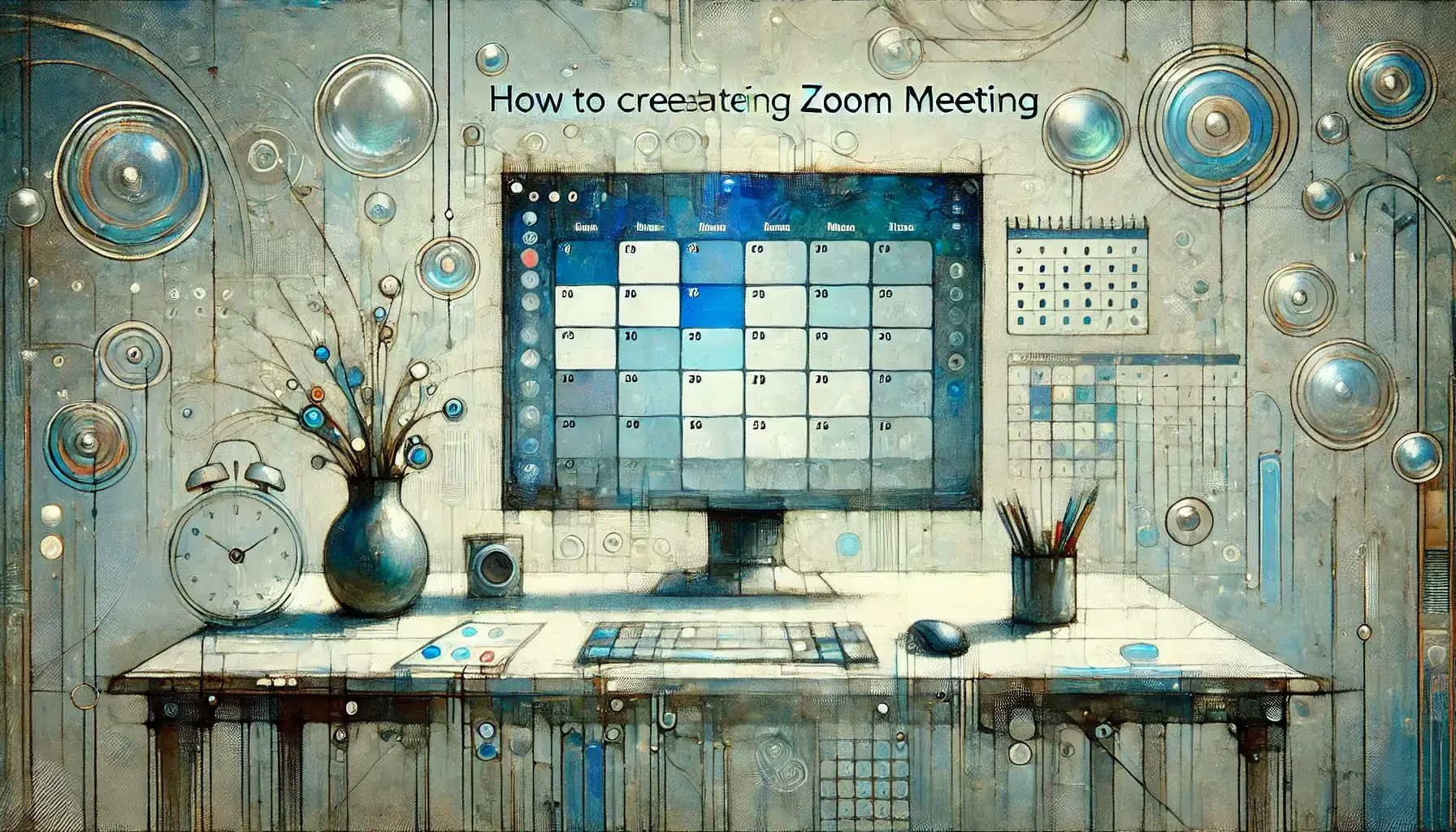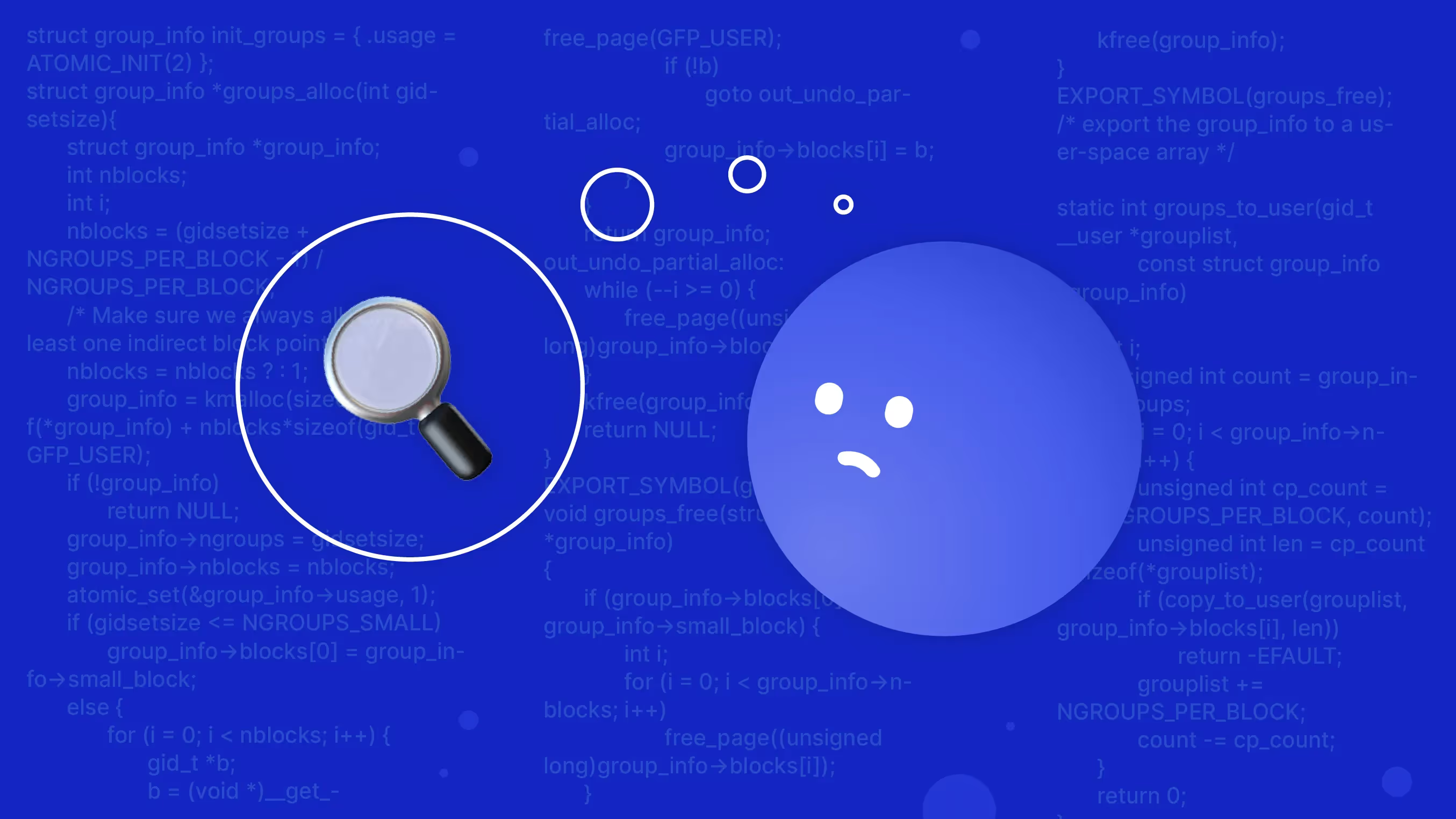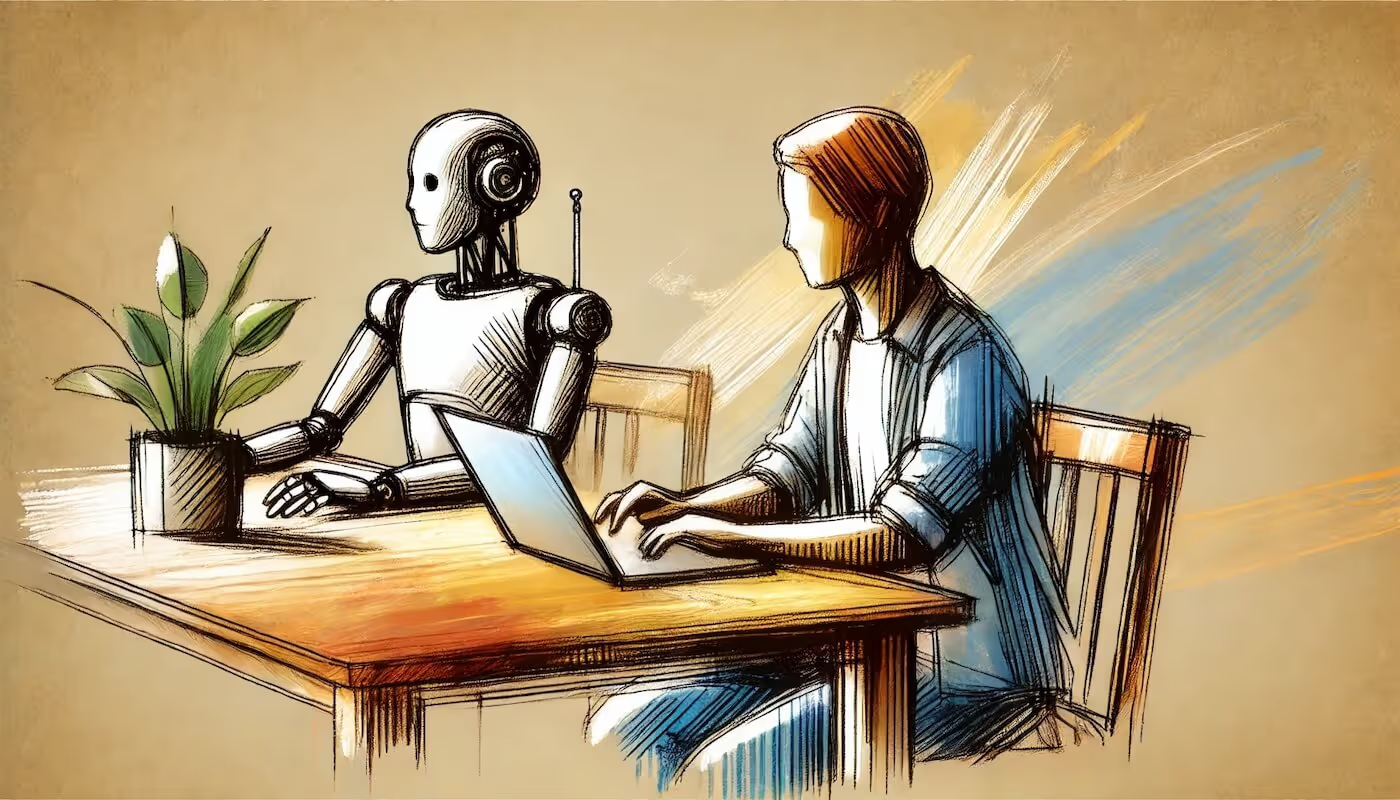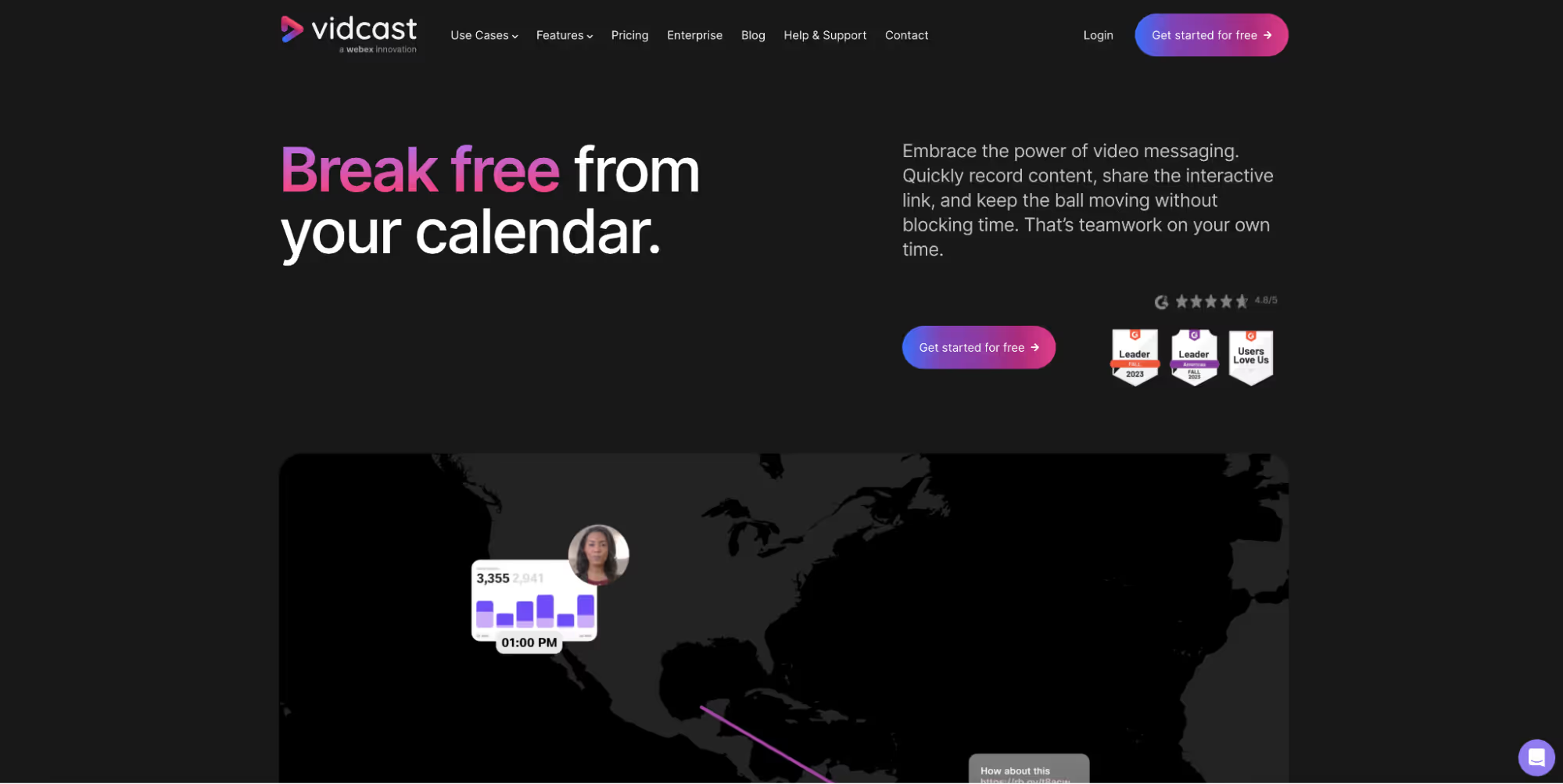
Conflict Management: Strategies to Manage and Resolve Conflict Effortlessly
No matter where you find yourself, you'll be faced with conflicting individuals and disagreements, so to be able to manage these conflicts is a skill you can't afford to overlook. Get it right with these strategies, and you'll be smoothing out tensions in your stride.
Conflict management is vital in all walks of life. Whether you are attempting to diffuse a small scuffle between your kids, or dealing with disagreements in the workplace, you will need conflict resolution strategies and emotional intelligence to deal with each dispute in the best way. The point is, we should regard this as a vital skill for our professional and personal lives, and of course, any skill needs time and effort to master. They say that you need 10,000 hours of practice to become an expert in any given field, but today we will accelerate this together with this guide, delving into various strategies that I recommend for managing and resolving conflicts.
1. What is Conflict Management and Resolution?
Conflict management and resolution are the skills we use when we are navigating disagreements in a (preferably) constructive manner. I say preferably because far too often, people approach conflict in the wrong way, with a presence and management style that is ironically full of conflict itself.
These processes, when done correctly, should involve identifying where and what the conflict is, addressing it with those involved, and in turn resolving conflict effectively. They play an understated, but massive role in maintaining healthy work relationships and a positive workplace environment. No one, whether you are the CEO or the newest recruit, wants to have a conflicting, awkward workplace, hence why it is so important to be cooperative when it comes to managing conflict. Having said this, we cannot just rely on our cooperative nature, and I want to stress that effective conflict management and resolution involves a combination of many smaller skills, such as communication, empathy, and the ability to solve problems.
2. Why Do We Manage Conflict?
As clear as the answer may be, the path to achieving it remains very convoluted. There is a reason why the words in this article's title reflect a theme of 'managing' challenges and navigating situations of conflict to the best of our abilities, rather than flat-out prevention, and that is because, as sad as it is, conflict is likely to be ever-present in our world.
Nevertheless, the importance of managing conflict is found in its ability to prevent escalation, maintain a positive environment, and ensure the inclusion of diverse viewpoints in a cooperative way. Having recently watched 'Bob Marley: One Love', and thus being reacquainted with an incredible story of conflict management, I feel qualified to explain the 'why' behind this topic. In 1978, Marley fought a campaign to change Jamaica from a country where political violence was rife to a country where peace filled the streets. Bringing together the hands of rival political party leaders on stage at the One Love Peace Concert, Marley was shown as a peacemaker against all conflict. If you were to ask Marley 'why' he did this, I have no doubt the answer would revolve around building a better environment in his beloved nation and protecting his people.

I want you to think about this example in the context of your work, personal, or home environment, and with this, you should begin to understand why we should care about conflict resolution strategies. Although political, the example of Bob Marley is perfect here, as building the best environment and protecting our colleagues, friends, or family, is the cornerstone of success. For a workplace specific example on the contrary of having this strong environment, and without effective conflict management, unresolved disagreements can lead to resentment, reduced cooperation and a toxic work environment. Therefore, in this example, another answer to 'why' we do this, is to dodge the downward spiral that would result from this being a reality in the workplace, and to become a successful team.
3. How is Conflict Resolved?
This is complex, and as established, can range from reggae stars uniting opposing parties through the power of music to a semi-formal workplace interaction between conflicting parties and a neutral third party who acts as mediator. Therefore, there is no straightforward answer to this 'how'. Typically, however, we can fairly say that conflict resolution mostly comes down to a basic series of steps: identifying the root cause of the conflict, understanding why the parties are in disagreement and each perspective, and then working with these oppositions towards a solution of avoiding conflict that is acceptable all-round. These steps are as I say, basic, and in reality, we should always be ready to adapt our conflict management style, and consult other soft skills like active listening and open communication. Every person, and every dispute, are different, and to reach a willingness to compromise, this adaptability is essential.
4. What is Compromising Conflict?
Leading on from this talk of compromise, let's quickly elaborate. Compromising in conflict resolution is about finding a middle ground. It's a balanced approach, and the goal is to land in an area where each party budges slightly and makes concessions. To resolve conflict by compromise, there has to be a level of combination between assertiveness and cooperativeness, as the aim is to essentially satisfy everyone involved in the dispute, but without losing your vantage point completely. Compromise is a skill that can stand us in good stead everywhere, but particularly when a quick resolution is needed to a conflict. Think about a negotiation or meeting in the workplace; the goal is to agree, and to do so while mostly maintaining a collaborative harmony between negotiating parties, as you will be working together. Here, you don't want to fall out, and so where a dispute occurs over something minor, consider priorities and come to a compromise that makes sense.
Using Video Calls for Conflict Management
As covered in the 'how' subsection, there is no straightforward approach to conflict management, especially in the workplace. Workplaces are often made up of vastly differing characters, and our colleagues are mostly exactly this - colleagues. The point is, these people are usually not our best friends, and don't represent people we might 'hang out' with away from work. Nevertheless, the power of collaboration means we have to take care of these relationships, even if the differing personalities cause frequent friction. With this in mind, let me shed some light on a technique that I think could help you ace conflict management in your workplace.
My colleagues and I, through our prioritization of asynchronous work, have kept video calls and meetings to a minimum, but in turn, made sure they are efficient and useful when carried out. There is a bridge to be made here between video call efficiency and conflict management. For example, a video call between two conflicting colleagues and a mediator, where the mediator effectively organizes the conversation, giving each person a turn to explain their point of view. It is efficient, quick, and organized. There is no room for arguments, and the whole dispute is not blown up into something larger than it is.
How Can Bubbles Help with Conflict Management Video Calls?
To enhance this conflict management style further, we should consider using something that can keep records of our conversations and the agreed middle grounds. Enter Bubbles Notetaker. This AI notetaker records, transcribes, and keeps a record of the conversation, ensuring a transparent and accountable process of conflict management. Accountability is massive in resolving conflict, and we have to be able to hold each person responsible for changing their tune slightly to reach a compromise. This can be really difficult to achieve with an in-person conflict resolution meeting; things are forgotten, and arguments, or even scuffles, blur the process. By using a video call and a notetaker, such as Bubbles, we have a more peaceful environment, and an invaluable reference for future discussions that can ensure conflicts are resolved properly and thoroughly.
Make your
meetings matter
Loved and trusted by 100,000+ users:
- Automatically Record and Transcribe Meetings
- Extremely Accurate Notes, Summaries, and Action Items powered by AI
- Works with Zoom, Google Meet, and Microsoft Teams
- Save time and follow-up with quick async videos
Simply connect your work Google or Microsoft Calendar to get started.
Historical Conflict Management Examples and Case Studies
U.S.-Russian Nuclear Disarmament Negotiations
The nuclear disarmament negotiations between the United States and Russia is a notable example. The US and the Russian Federation also agreed to extend the treaty through February 4, 2026, showing continued compromise on a touchy topic. The negotiators here spoke on the criticality of this topic, and employed active listening, echoing my previous advice, to allow each party to understand the other's position without bias, leading to more productive discussions and eventual agreements.
Martin Luther King Jr. and Nonviolent Advocacy
The American civil rights movement, led by Martin Luther King Jr., is a great example of conflict resolution through nonviolent advocacy. Influenced by Mahatma Gandhi, King's approach to resolving societal conflicts through peaceful means had a massive impact on civil rights in the United States, and the delivery of his message sent seismic waves throughout a nation, leading to change for the better.
Corporate Conflict Resolution
For a more corporate, workplace example, we can look at some case studies that I have previously covered in my article on 360 Degree Feedback. Companies like Tesco and Philips successfully use 360 Degree Feedback for many aspects of their workplace interactions and performance, even down to using it as part of their conflict resolution strategy. Helping to identify and address interpersonal conflicts while improving communication and workplace harmony, this represents another method that you can try for solving workplace conflict.
Ethical Considerations and Best Practices
Ethical considerations such as confidentiality, fairness and impartiality are crucial in conflict management. We have to be level headed when it comes to solving these disagreements, and our conflict management style should always represent neutrality, with an aim of minimizing negative emotions and maximizing constructive outcomes to every bust-up or argument. Neutrality will help you and your team to create an environment where everyone can feel heard and respected, which should create a knock-on effect of resolutions that are based on respect and a strong mutual understanding.
This can be considered as an aspect of overall emotional intelligence. This is the umbrella over our ability to collaborate and communicate effectively, and by managing our own emotions while we empathize with others, we boost our chances of listening to and understanding the issue properly.
Conclusion
Effective conflict management and resolution are key to achieving the optimized environment I have stressed many times within this article. We need conflict resolution skills, and strong ones at that, to become a well-rounded member of a team, family, or friend group. Conflict is a 'spider's web', and reaches all corners of the world we live in, but by setting ourselves up well, and utilizing some of the strategies that we have covered here, alongside soft skills like emotional intelligence and effective communication, we can help to break this web up, piece by piece. I hope that you can go away from this with a new perspective on the importance of this topic, and that you can even use a new tool or two, such as Bubbles Notetaker, to help you and your team overcome these obstacles with ease.
Collaborate better with your team
Get your point across using screen, video, and audio messages. Bubbles is free, and offers unlimited recordings with a click of a button.
.avif)
Collaborate better with your team
Get your point across using screen, video, and audio messages. Bubbles is free, and offers unlimited recordings with a click of a button.
.avif)













.avif)